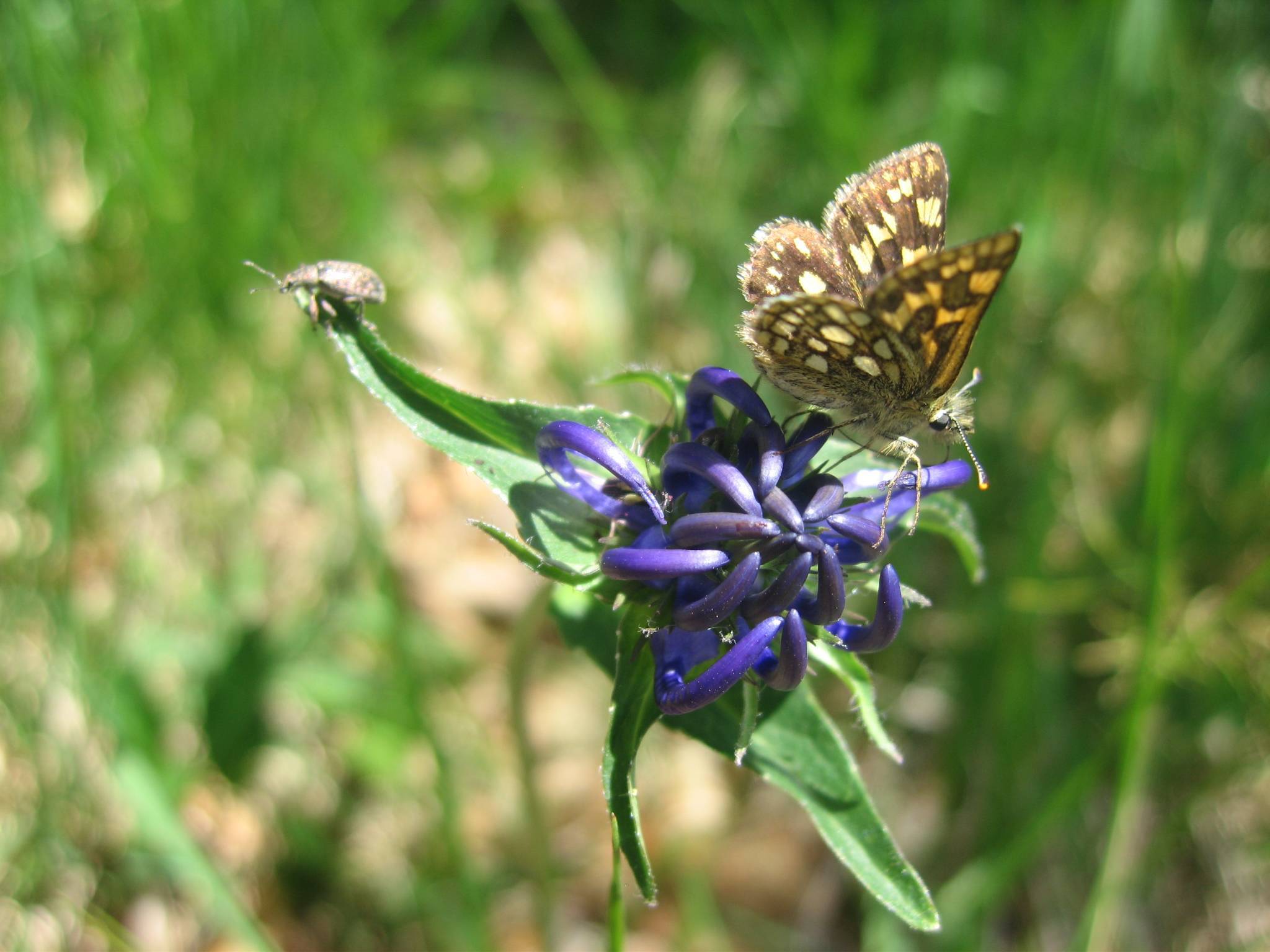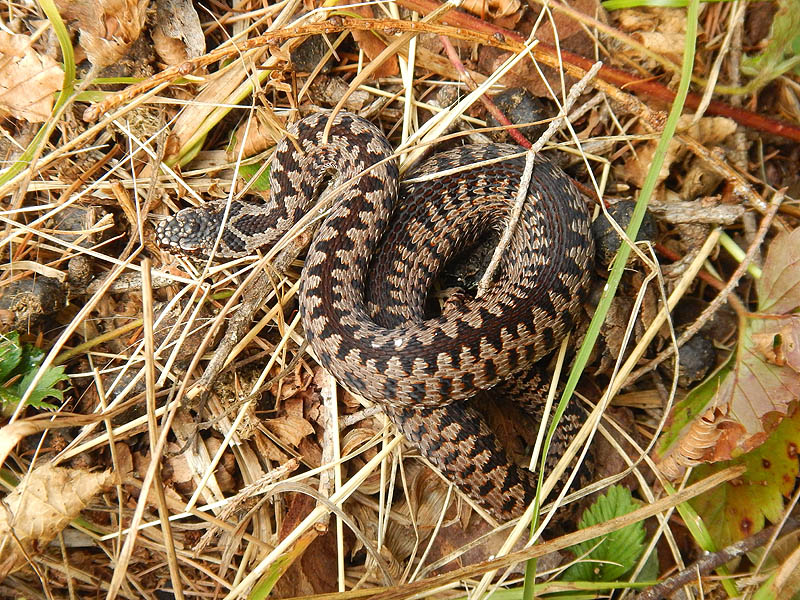Length
- Male: about 115 cm
- Female: 105 cm
Height
- Male: about 70-77 cm
- Female: 60-70 cm
Weight
- Male: 20-35 kg
- Female: 18-20 kg
The roe deer is an animal of small-medium build and it is considered a very “elegant” cervid.
During the year the roe deer takes two coats that alternate with two molts, a fall /winter one and a spring one: the fall/winter is characterized by the typical gray-brown color that marks the perianal area characterized by the presence of a white fur area called a “mirror”, kidney-shaped in males, and heart-shaped females; the spring molt, after the loss of winter hair, assumes a yellow-orange color. The coat of the young is dark brown, dappled on the sides, this type of staining is maintained in young examples for about two months.
Only the male has the antler, consisting of two poles from which branch out two or three ends, related to the animal’s development and age. The three ends from the front to the rear are said respectively ocular, summit and stick. The trophy falls and regrows annually.
The roe deer’s average age goes from a minimum of 14 to a maximum of 17 years. It lives in high-growing woods rich in undergrowth and cultivated lands.
In the past in Italy roe deer used to live throughout the entire peninsula from the plains to the mid-mountains and now we find it throughout the Alps, especially on the central / eastern Alps.
Its food needs make the roe deer a ruminant selective grazer looking for easily digestible, high-energy and low in crude fiber content foods: shoots, buds, flowers, berries, fruit, hold barks and herbs.
The roe deer reproduces in July / August. Pregnancy is a very important characteristic and can be divided into two phases: during the first phase takes place the merging of the cells and the embryo formation. In the second stage there is the development of the fetus until birth. Pregnancy lasts about 280 days, after which can be born up to two babies at a time that can take their first steps within one hour of the birth. The weaning lasts three months.












